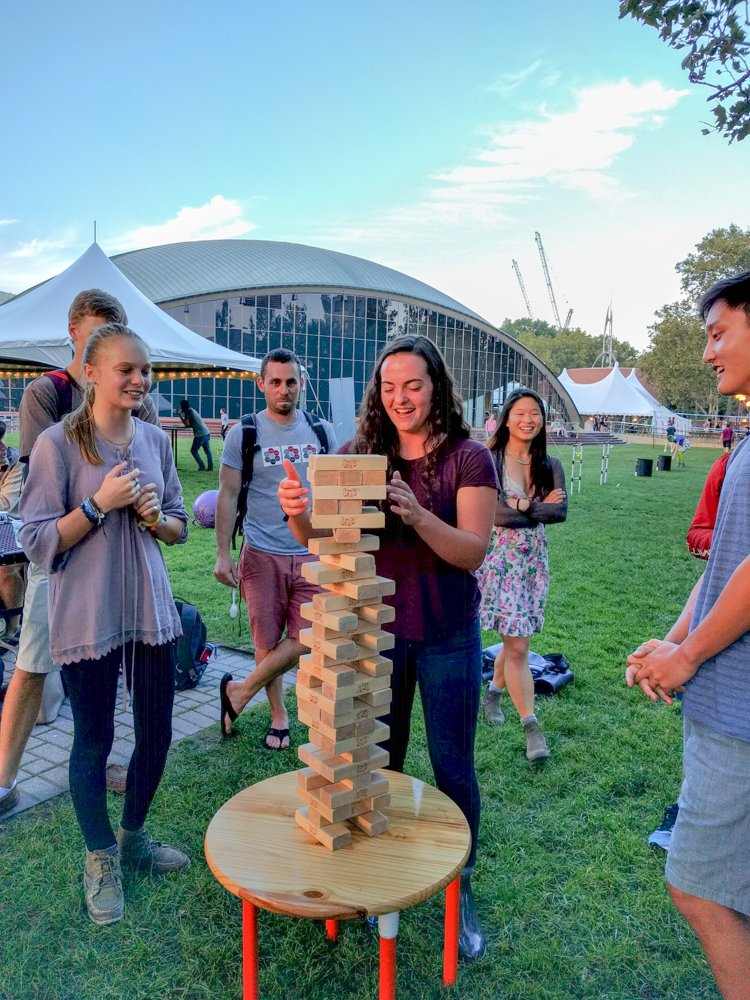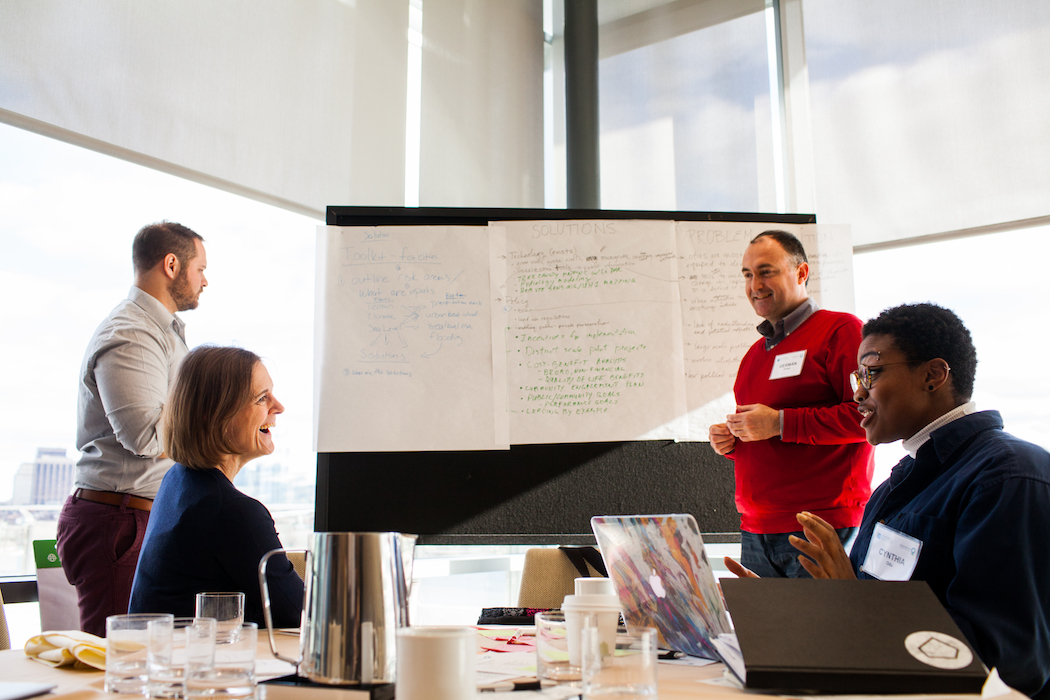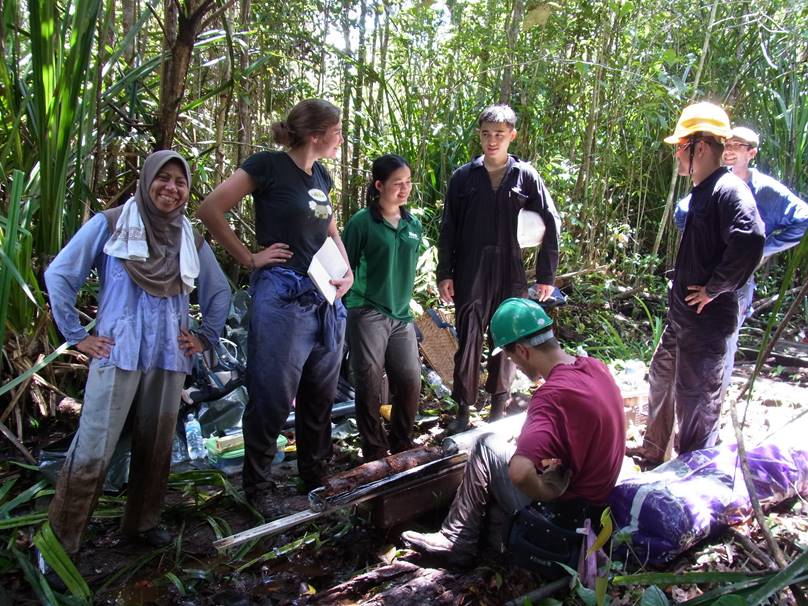How MIT’s Environmental Solutions Initiative plans Earth Day events #withAsana
Every Earth Day, people around the world show their support for environmental protection and preservation through events, community service, and education. As a celebration of the environment we live in—and the resources it provides us every day—Earth Day is also a reminder to treat our planet with respect and to do our best in keeping it healthy.
A huge part of Earth Day is the many events held worldwide by schools, organizations, governments, and communities alike. To celebrate Earth Day, we’d like to share how the Massachusetts Institute of Technology’s (MIT) Environmental Solutions Initiative (ESI) plans Earth Day events #withAsana.
The MIT ESI and what they stand for
 ESI’s mission is to advance science, engineering, policy and social science, design, and the arts and humanities towards a people-centric and planet-positive future. They pursue this mission by mobilizing students, faculty, and staff across MIT in partnerships for interdisciplinary education, research, and convening.
ESI’s mission is to advance science, engineering, policy and social science, design, and the arts and humanities towards a people-centric and planet-positive future. They pursue this mission by mobilizing students, faculty, and staff across MIT in partnerships for interdisciplinary education, research, and convening.
Based in Cambridge, MA on the MIT campus, ESI’s team operates around the world. With three full-time employees and two interns, they’re a small, but incredibly active team. They produce 20–25 events, send a monthly newsletter, fund 15 – 20 research and curriculum grants for MIT professors and scientists, and support 10 PhD fellows whose research is focused on sustainability each year.They also work on multiple educational initiatives, including the launch of a new undergraduate minor in Environment & Sustainability.
They also work on multiple educational initiatives, including the launch of a new undergraduate minor in environment and sustainability.
ESI is unique in their multidisciplinary approach to solving major global environmental problems. We spoke to Hannah Loomis, ESI’s Senior Program Assistant, who expanded upon their approach: “We believe that climate change must be addressed by all fields working together, from scientists to artists to policy makers.” This manifests in ESI’s work focusing equally across education, research, and convening.
Planning events #withAsana

To celebrate Earth Day, ESI is planning three different events:
- A research symposium of presentations and posters by nine recipients of their 2015 Seed Grant
- An outdoor celebration on Earth Day itself, where families and community members can participate in all sorts of hands-on activities—from experiencing climate change through virtual reality to making terrariums
- A lecture by Bob Inglis, former Congressman and founder of republicEn, as part of their People & the Planet lecture series
ESI has a separate Asana project for each event, with different sections for things like planning, logistics, collaboration, activities, and communication. In addition to assigning tasks to different people and due dates to each task, they use custom fields to indicate the status of a task (needs to be assigned, not started, in progress, done but should stay visible, or FYI).
Because they host multiple events each year, ESI created a template for different types of events, which they duplicate each time they kick off a new one. Hannah refers to archived event projects to see all the tasks and notes from the previous iteration. “Next year when we run the same event,” she says, “I won’t have to rethink everything.”
Event planning tips from ESI

- Create your own project “template” for events. Every time you have a new event, use and update your template so that you know exactly what needs to be done between planning and producing a memorable event.
- Use project sections for different parts of the event planning process, like strategy, logistics, and communication.
- Assign tasks to your teammates with clear due dates so that everyone knows who’s doing what by when.
- For check-ins, use an Asana project to track your meeting agenda so that you can review items with your team right then and there, as well as assign follow-up tasks.
- If you’re kicking off planning for an annual event, review last year’s archived event project to remind yourself of what worked, what didn’t, and any other key takeaways.
Beyond using Asana for every event they plan, ESI tracks all of their communications, educational programming, grants, and administration in Asana. They also keep a running list of agenda items for their weekly meetings in Asana, which everyone contributes to, and run their meetings using the list by projecting Asana on a screen. Hannah says, “It’s a great way check in on things, and we love that we can include descriptions, files, and links right in each task so it’s easy to review items with the team. There’s no searching around for documents or emails.”
Why Earth Day matters
Earth Day is an important opportunity to recognize the natural world that supports and sustains each of us. It’s also a time to reflect on and evaluate our daily practices—and how they impact our planet. For ESI, Earth Day is not just a chance to celebrate everything the earth has provided us, but also to create awareness of and foster innovation through events.
Check out these event planning tips to plan any event #withAsana. And be sure to celebrate our planet on Earth Day, and every day!

